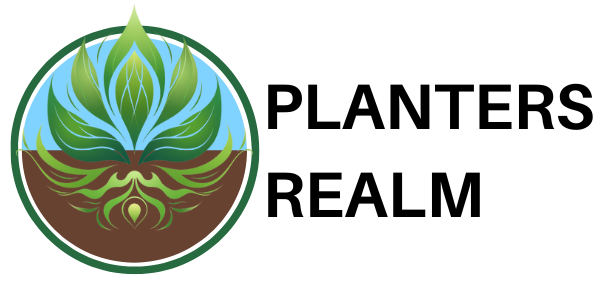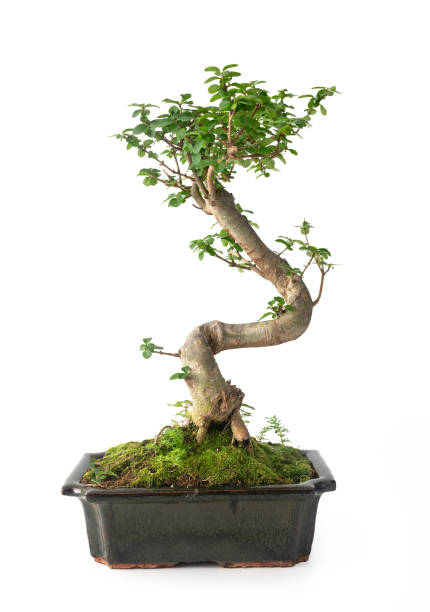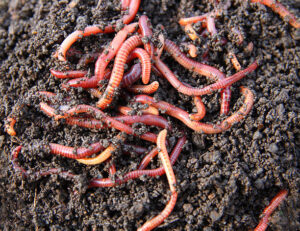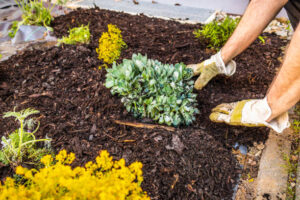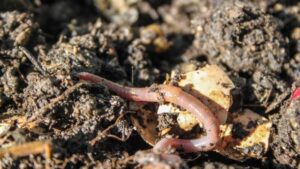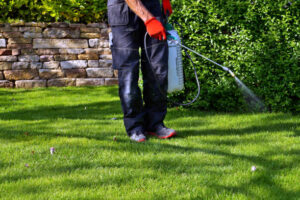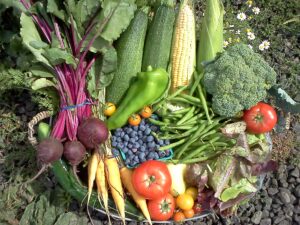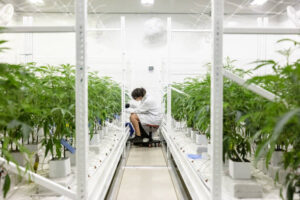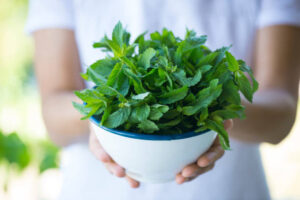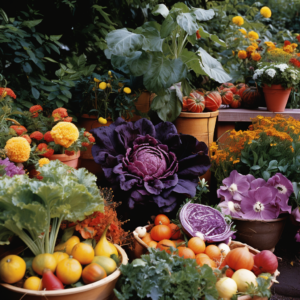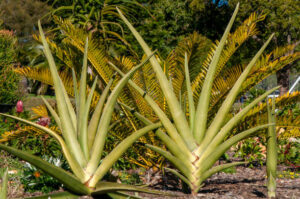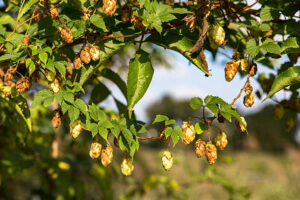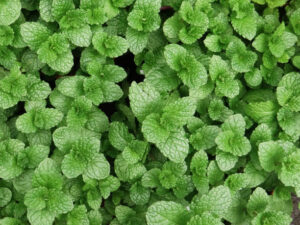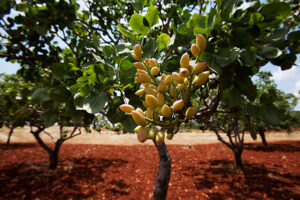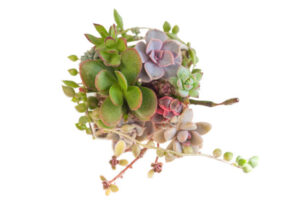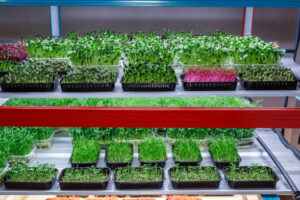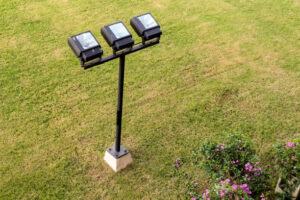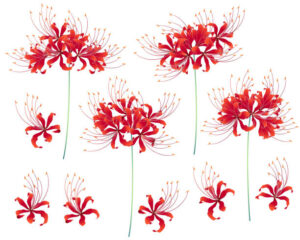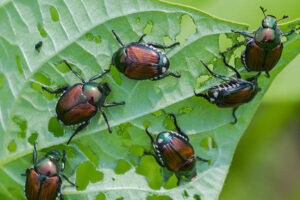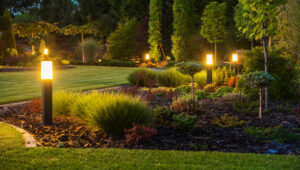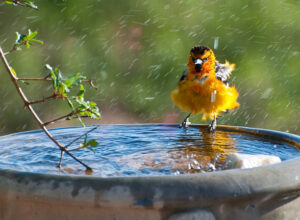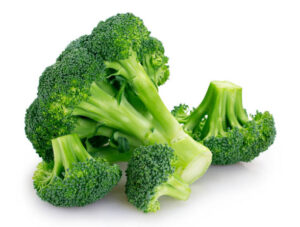Identifying and Treating Common Hedging Diseases
Introduction
Hedges add a touch of elegance to outdoor spaces, but like any living entities, they are susceptible to diseases that can compromise their health and appearance. Identifying and treating common hedging diseases is a crucial aspect of maintaining a thriving and lush green boundary. In this exploration, we delve into practical insights on recognizing signs of disease in your hedges and implementing effective treatments to restore their vitality. From fungal infections to pest infestations, let’s navigate the landscape of hedge health and rejuvenation.
Recognizing Signs of Disease
Understanding the visual cues of common hedging diseases is the first step in effective treatment. Keep a keen eye on your hedges for the following signs:
1. Leaf Discoloration: Yellowing or browning of leaves can indicate various issues, including nutrient deficiencies or fungal infections.

2. Leaf Spotting: The presence of spots, lesions, or abnormal patterns on leaves may signify fungal infections like powdery mildew or black spot.
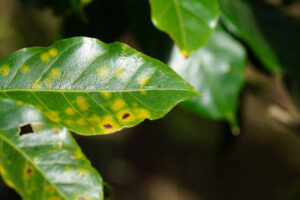
3. Wilting or Drooping: Hedges showing signs of wilting or drooping may be experiencing stress, potentially due to root rot or waterlogged soil.
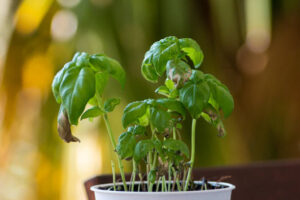
4. Stunted Growth: If your hedges exhibit slower or stunted growth, it could be a symptom of underlying diseases affecting root health.
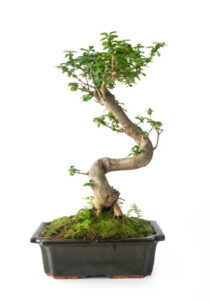
5. Presence of Pests: Insect infestations, such as aphids, scale, or spider mites, can lead to distorted or discolored foliage.
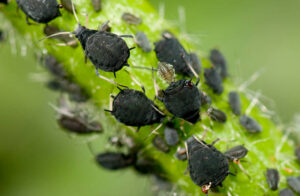
Common Hedging Diseases and Treatments
1. Powdery Mildew
- Identification: A white, powdery substance on leaves.
- Treatment: Prune affected areas, improve air circulation, and apply fungicidal sprays.
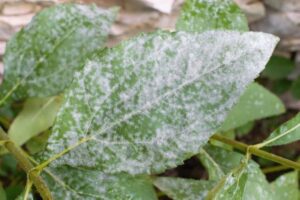
2. Root Rot:
- Identification: Wilting, yellowing, or dropping leaves; a foul odor from the soil.
- Treatment: Improve drainage, ensure proper watering practices, and consider applying fungicides.
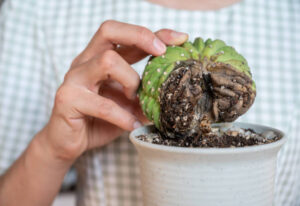
3. Black Spot:
- Identification: Black spots with yellow halos on leaves.
- Treatment: Prune affected leaves, improve air circulation, and use fungicidal treatments.
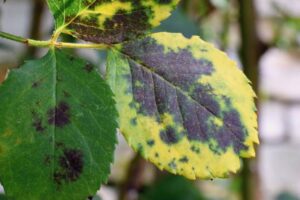
4. Aphid Infestations:
- Identification: Small, soft-bodied insects clustering on new growth.
- Treatment: Introduce beneficial insects like ladybugs, use insecticidal soap, or apply neem oil.
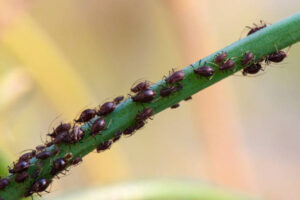
5. Scale Insects:
- Identification: Small, immobile insects resembling bumps on stems and leaves.
- Treatment: Remove scales manually, apply horticultural oil, or introduce natural predators.
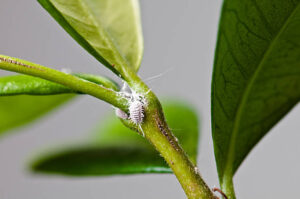
Preventative Measures
1. Proper Planting Practices:
- Ensure hedges are planted in well-draining soil.
- Avoid overcrowding to enhance air circulation.
2. Regular Pruning:
- Prune dead or infected branches to prevent the spread of diseases.
- Maintain a balanced shape to promote sunlight penetration.
3. Adequate Watering:
- Water hedges at the base to prevent foliage moisture, reducing the risk of fungal infections.
- Avoid overwatering, which can lead to root rot.
Conclusion
Maintaining healthy hedges is an ongoing commitment, and recognizing and treating common hedging diseases is pivotal to their longevity and vibrancy. Regular monitoring, prompt intervention, and preventative measures form the foundation of a robust hedge care routine. By familiarizing yourself with the signs of diseases, implementing effective treatments, and adopting proactive practices, you can ensure that your hedges not only adorn your outdoor spaces but also thrive in a state of optimal health. Embrace the journey of hedge care, and let your lush green boundaries stand as a testament to your dedication to the well-being of your outdoor haven.
